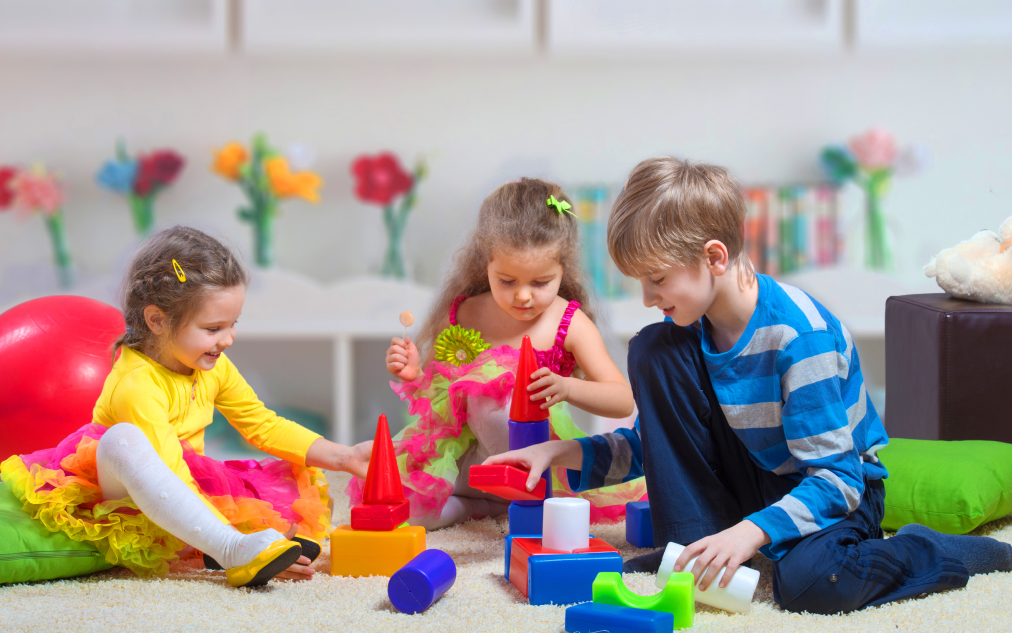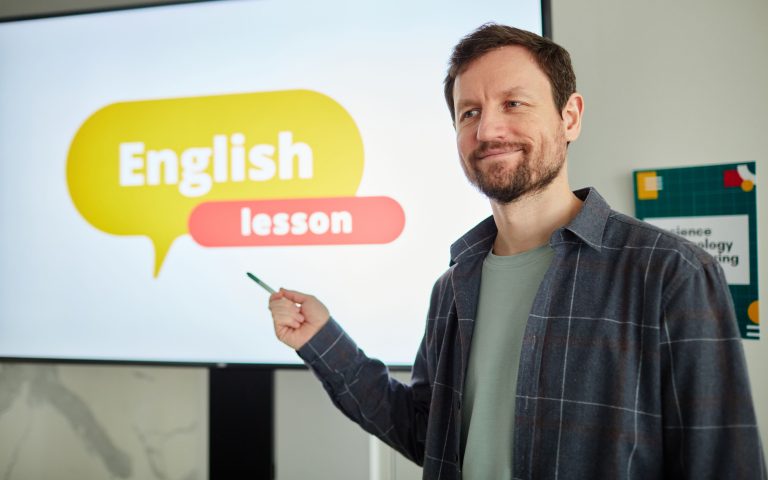Written by Alex Liau, learning & behaviour psychologist.
Children often struggle to express their feelings in words. Typically, a four-year-old child can tell you that they are “mad” or “sad,”. In the midst of these one-word expressions, children rarely have the language skills to articulate that their anger stems from a deeper emotion, like missing a parent who has moved out or feeling left out at school. Play therapy helps bridge this gap by giving children a natural way to express themselves through play.
When young kids play with building blocks, act out stories with puppets, or create drawings, they are doing more than playing – they are communicating in the language they know best. These actions enable therapists to gain insight into the child’s emotional world and guide them toward growth, resilience, and healing. Through these actions, therapists can gain insight into the child’s emotional state, thereby fostering their growth, resilience, and healing.
When Words Are Too Hard, Play Speaks
Play therapy offers a gentle and effective way to support a child’s emotional development when words are too difficult to find.
Take six-year-old Daniel, for example. His parents are going through a divorce, and he often witnesses their painful quarrels. During a play therapy session, Daniel carefully lines up toy animals into two separate groups – one on the left, one on the right – before placing a baby animal in between, uncertain where it belongs. Without uttering a word, his expression shows sadness and confusion.
In play therapy for children, these symbolic actions convey what a child may struggle to express verbally. The therapist recognises that Daniel feels “caught between two places” and responds with quiet, non-verbal reassurance, like a nod or a gentle acknowledgement, to validate his emotions. In this way, play therapy creates a safe, symbolic space where children can explore, rehearse, and process difficult feelings at their own pace.
Learning to Tame Big Feelings while Playing
Children often feel overwhelmed when they encounter strong emotions, such as anger, fear, or frustration. Play therapy for kids transforms these abstract feelings into something concrete they can see, touch, and reshape. Using toys, art materials, and other creative tools, children symbolically express their inner experiences in ways that feel safe and manageable.
Eight-year-old Aisha often feels overwhelmed by strong emotions that erupt into tantrums. To help her understand and manage these feelings, her therapist introduces the “Feelings Volcano” – an art-based activity where Aisha builds a papier-mâché volcano and uses colours to show different levels of emotion: yellow for irritation, orange for anger, and red for rage. As Aisha paints, she learns to associate those feelings with the concept of eruption. Her therapist then introduces calming strategies, such as deep breathing, counting, or using a quiet “calm corner”, when the volcano inside feels ready to erupt.
This play therapy activity gives Aisha a sense of control. Instead of fearing her anger, she learns to recognise it early and manage it in healthier ways. Over time, this builds resilience and helps her cope more effectively both at home and in school.
Why Play Therapy Works for Kids
Play therapy is not only about exploring inner emotions; it also helps children develop and strengthen their social skills. Many children struggle with peer relationships, and the playroom becomes a safe setup for practising new ways of connecting with their emotions.
When children join cooperative games, joint storytelling, and puppet shows, they practice turn-taking, sharing, and conflict resolution. These experiences not only build emotional insight but also the social tools needed to form healthy friendships.
The power of play therapy lies in its respect for the child’s world. Instead of demanding words, it accepts play as a valid form of communication. Instead of rushing solutions, it follows the child’s pace. This creates a therapeutic environment that is non-threatening yet deeply transformative.
The therapist’s role in play therapy for kids is central. They offer attunement, such as reading cues in the child’s play, mirroring emotions, and guiding children in developing coping skills. They provide structure for learning coping skills related to emotions, such as calming tools, while also allowing the child to lead. This balance fosters trust and empowerment.
Play Therapy Is More Than Just Play
Step into a play therapist’s room and you’ll find blocks, paints, puppets, and sand trays – tools that may look simple, yet hold profound therapeutic power. Through these materials, children make sense of confusion, calm overwhelming emotions, process grief, and practise relationships in a safe, supported way. What might appear to be play is, in fact, a carefully guided journey towards healing.
In play therapy for kids, every toy and activity serves a purpose. They help children express what words cannot, offering a developmentally appropriate path to emotional resilience and self-awareness. The therapist observes and responds sensitively, mirroring emotions, reading subtle cues, and introducing coping tools like breathing exercises or storytelling, all while allowing the child to take the lead. This balance of structure and freedom fosters trust, empowerment, and growth.
By adapting their language to each child’s level of understanding and respecting their choices, therapists create a space where healing feels possible and growth feels safe. Over time, play therapy helps children explore emotions, build confidence, and develop the emotional intelligence to navigate life’s challenges with strength and hope.
If you’d like to learn how play can become a powerful tool for emotional healing, explore our free Diploma in Play Therapy course and discover how to support children in building resilience, connection, and well-being through the transformative language of play.









